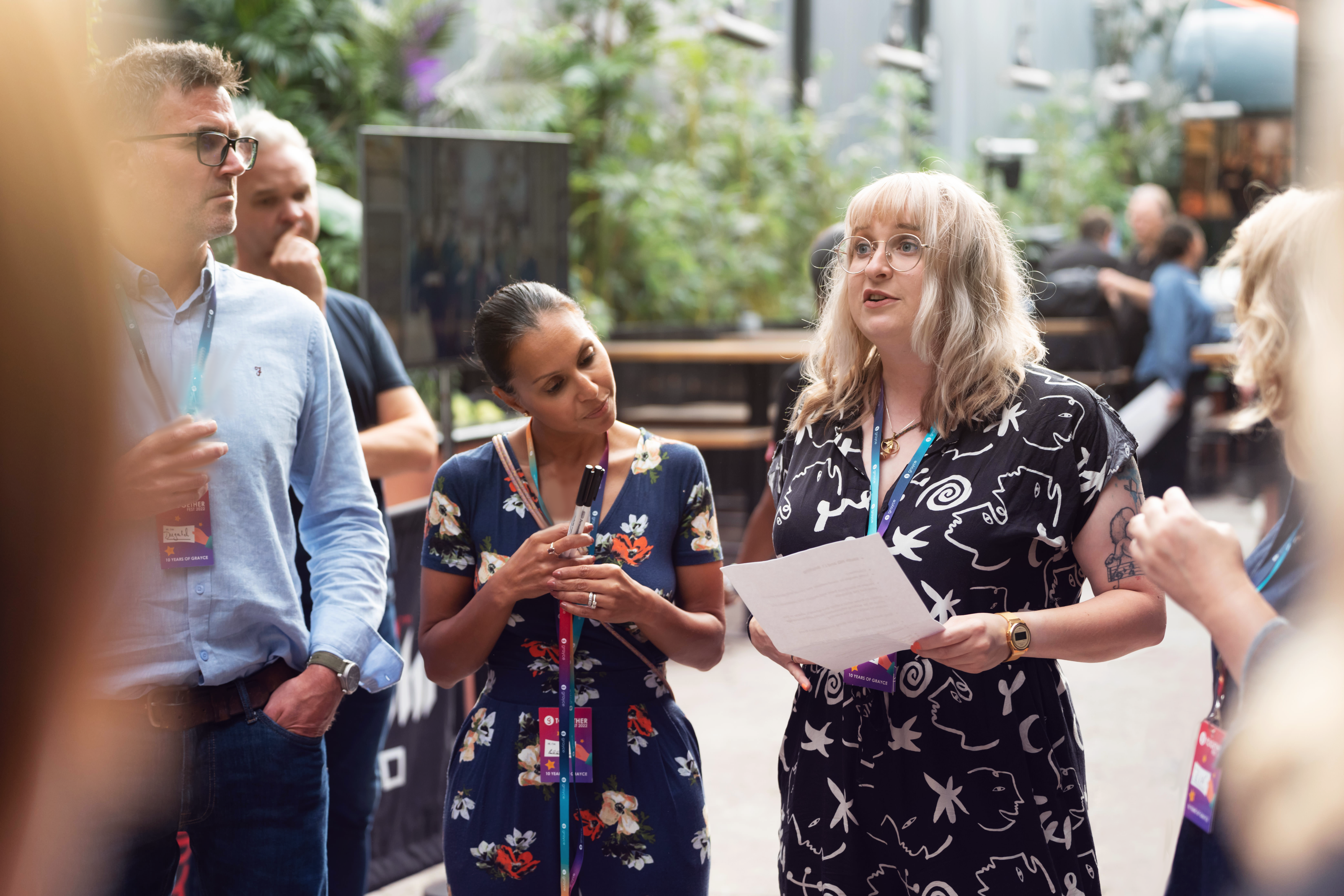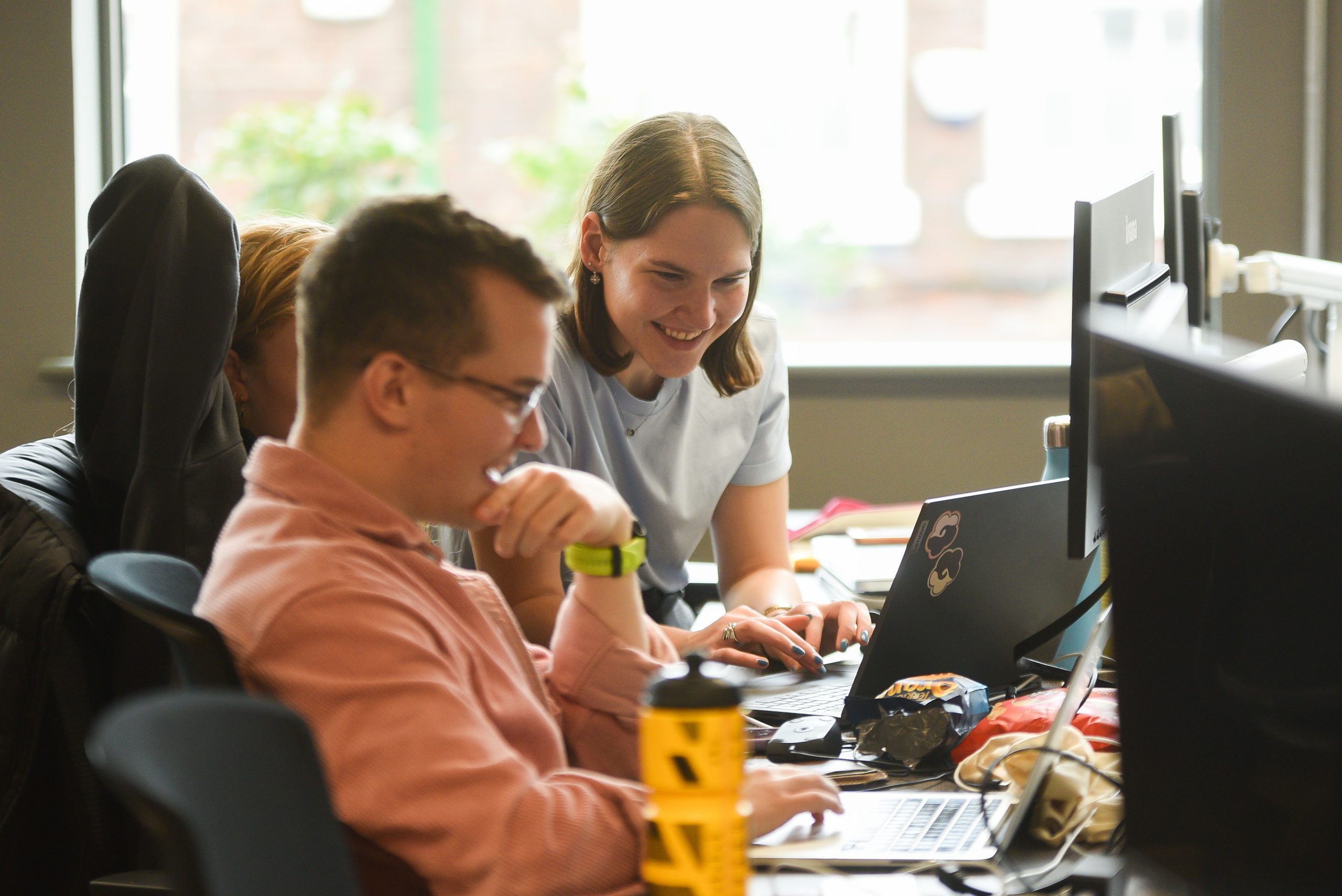
A day in the life of an Innovation Analyst
Grayce Analyst, Robert Hurley shares his insights on innovation in legal services.
As I approach the end of my time at Grayce - having only five months left of my three years on the Development Programme - I notice how much I’ve changed since I started. During my time at Grayce, I've worked within the legal industry across two clients. I've performed roles relating to every facet of change - from Change Manager to Data Analyst, and Business Analyst to Project Manager. It's been challenging, with lots of hard work and some late nights, but it's led me to my calling and current role as an Innovation Analyst!
Innovation is a big part of any organisation. Whether it’s in a day or over decades, businesses that don’t innovate will always fail. Looking forward and understanding what's new and how it can help a business generate value and get the edge on their competition is of great importance.
Currently, I work in a team of two under my client’s Innovation Manager. My main responsibility is to add the ‘change’ insight to innovation. But what exactly does this mean? I have the skills and experience to: take a problem and define its causes; work with people from across the company to define solutions; make sure there is a good business reason to solve the problem; and run a successful proof of concept to prove this value, and make a business case for the tool to be used firm wide.
A day in the life
I normally have five to seven work streams on the go. These vary in size from large projects that impact the entire firm, to small ideas that need a meeting to define their value.
My work falls into two broad buckets: deliverables and meetings. I review my diary and task list to prepare for the day ahead and know which deliverables I can complete by the end of the day. My meetings tend to either be: catch-ups; ad-hoc meetings; demonstrations; or interviews and workshops.
A typical day might look something like this…
I start the day catching up with a project team. I’m working on an artificial intelligence tool that records lawyer's time for bills. We catch up to share findings and plan how to achieve the next milestone. From there, I conduct an interview with a lawyer in the litigations team to find out how they record time and what their problems are with it. By finding out these problems, I can ensure that the legal technology tool we will use will solve the litigation team's unique problems. Finally, I round off the day with an ad-hoc meeting with cybersecurity to ensure the tool meets our firm's cyber security standards.
In between these meetings, I work on a business process map which is the project deliverable that documents the current ways in which the litigation team works. It's important as it serves as a baseline measure of what is done now and how long it takes. When I come to write the business case for the tool, I'll know exactly how and by how much it will save the firm money.
Looking ahead
When I left university, I was faced with a few different choices. But I’m glad I decided to start my career with Grayce because of the quality of my experience. This is because change touches all areas of the business and being on client site from day three meant I had to learn fast. Combine this hands-on experience with the change qualifications you gain, and you’ll find that you learn about organisations and the principles that guide them extremely quickly.
It’s been very challenging, but the hard work has definitely paid off. I have friends working at well-known graduate schemes at large organisations, and I've experienced and know things they wouldn't dream of. As I begin to plan my career after Grayce, I’m discovering that I outcompete my peers and am well-equipped to take on higher tier roles.
Find out more about how Grayce Analysts are supporting organisations nationwide




